Just over four centuries ago, a series of extraordinary show mansions sprang up in the English countryside, each designed to attract a brief visit by the monarch and his or her 150-strong retinue.
These large, ostentatious houses, which came to be known as ‘prodigy houses’, were built by the nobility and the rich between 1570 and 1620.
They were constructed by families who had grown rich under the Tudors, often chiefly in the hope of impressing the monarch – Elizabeth I, and then James I, the first Stuart king – and were designed to be able to provide the lavish entertainment that a queen or king required.
Many survive to this day. Witness their spectacular scale by dropping in to see one for yourself... here's a list of some of the finest still standing.
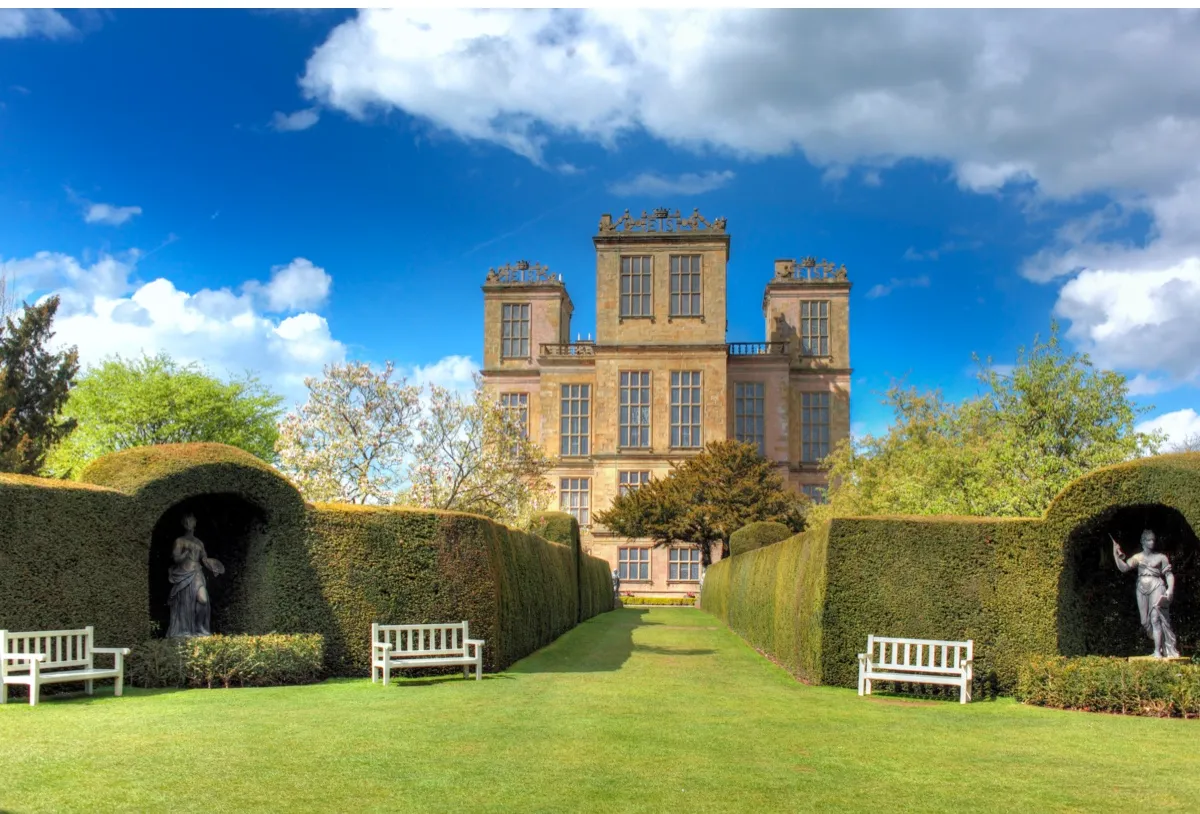
One of the most spectacular buildings of the Elizabethan age, Hardwick Hall was built by a remarkable woman, Bess of Hardwick, from 1590. It is symmetrical, has lavish acres of glass, and six impressive turrets, swaggeringly surmounted by Bess’s initials, ES, for Elizabeth Talbot, Countess of Shrewsbury.
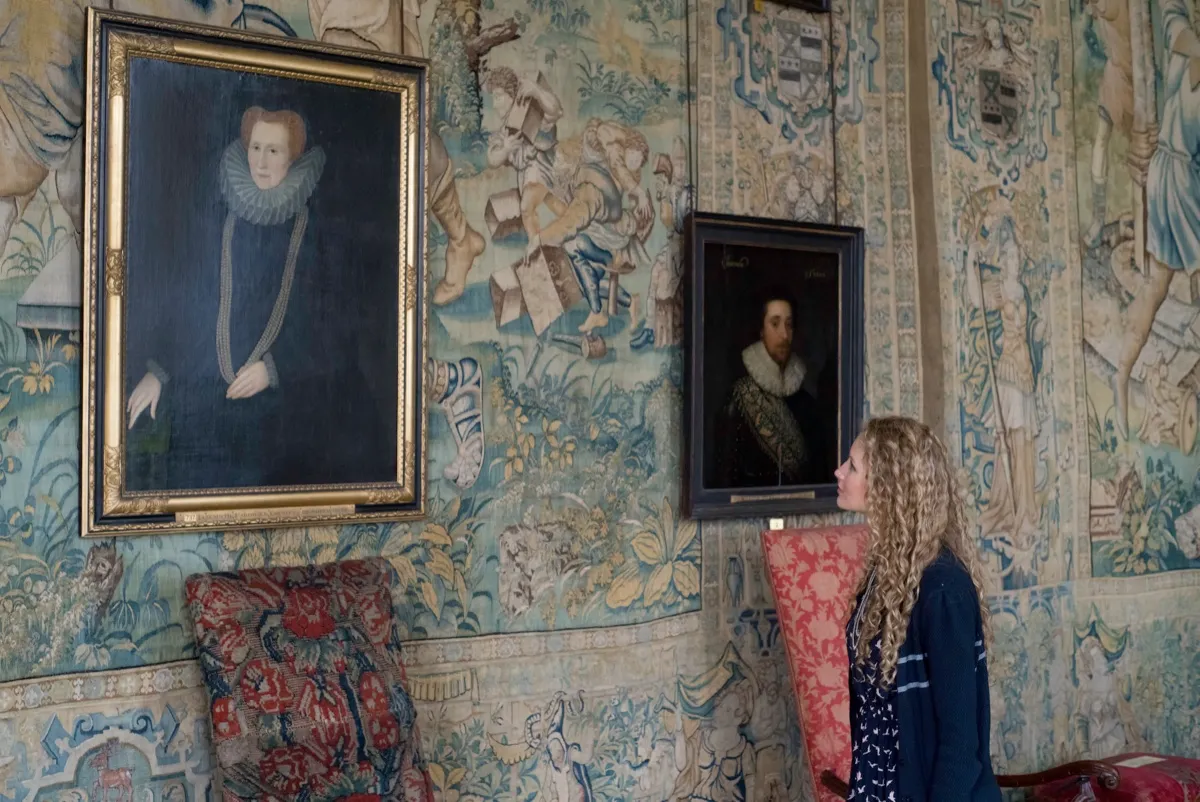
Inside, the High Great Chamber with plasterwork frieze, and (pictured above) the Long Gallery – the size of a street of Victorian terraced houses – are especially impressive.
• Derbyshire S44 5QJ. Open daily. Entry £13.95 (house and garden).
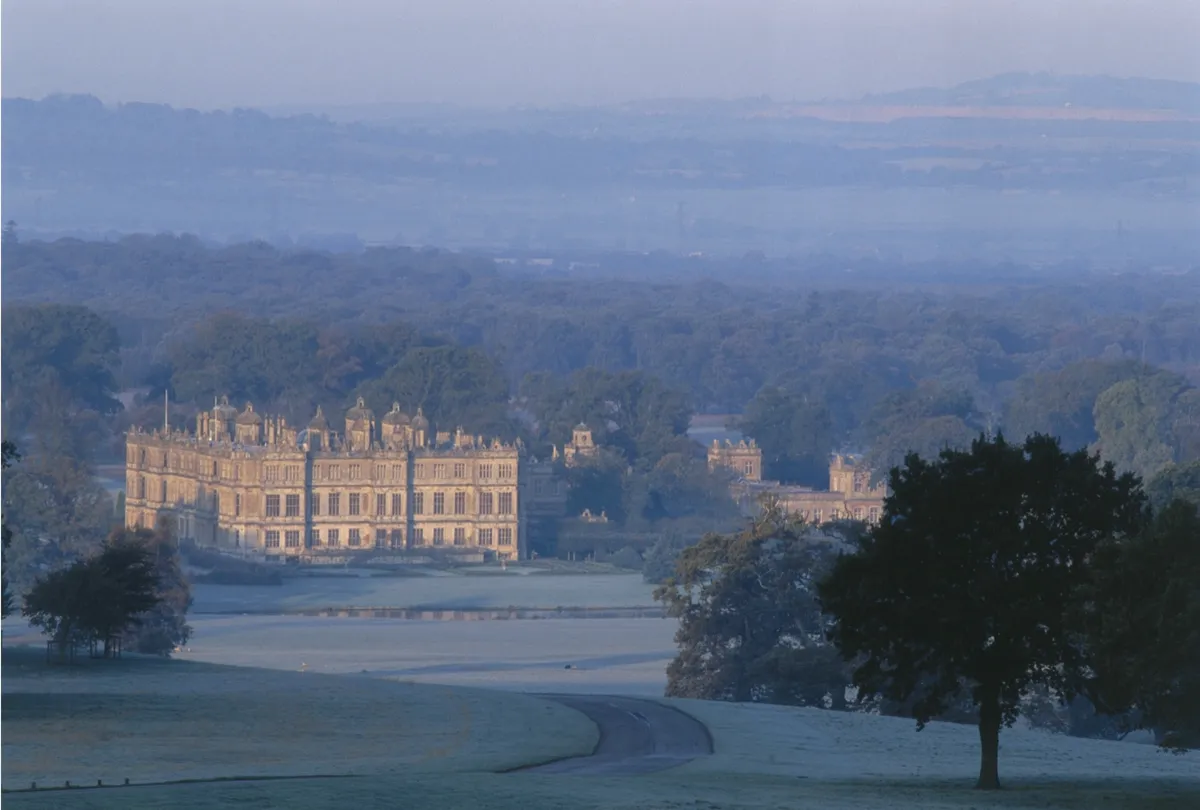
2 Longleat House
Built by Sir John Thynne, former servant of Edward Seymour, Duke of Somerset, and designed by Robert Smythson between 1554 and 1580, Longleat is one of the most-visited houses in the country.
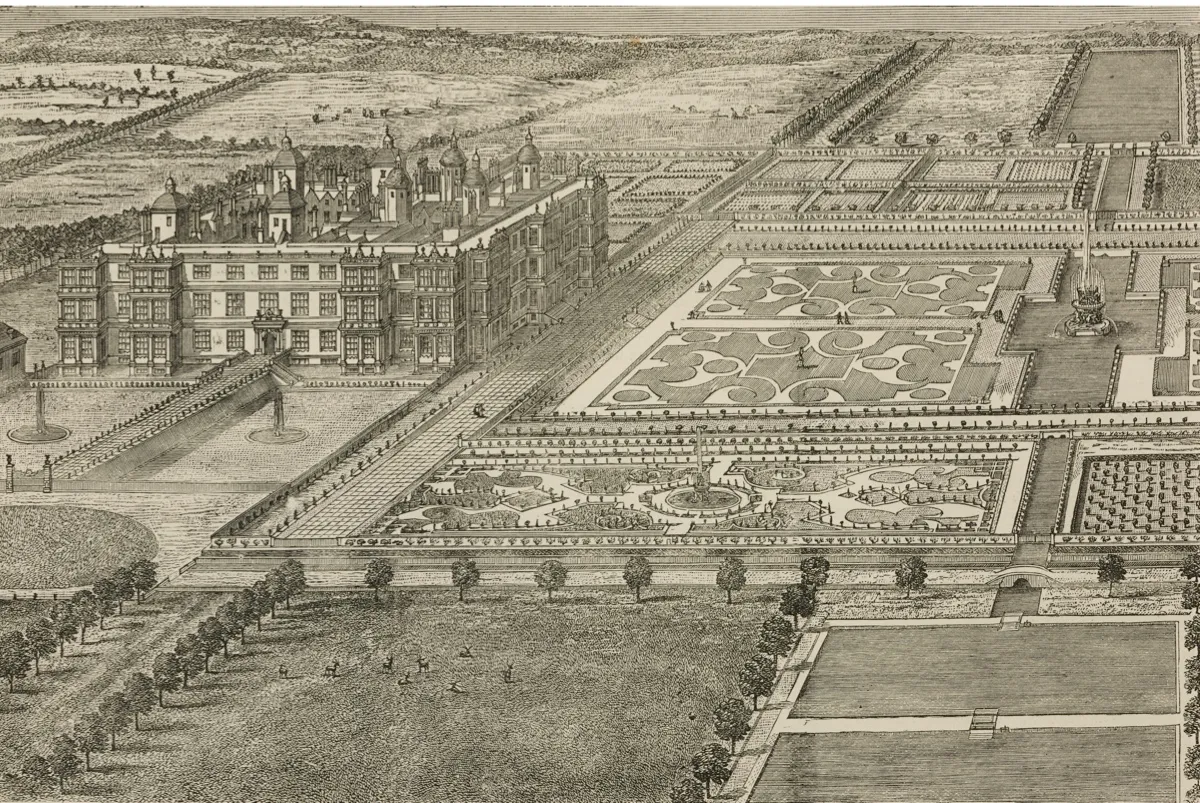
It is a vast cube, with domed turrets, many windows, and the full classical order of columns on the exterior, and is one of the most beautiful examples of Elizabethan architecture in the country.
• Warminster, Wiltshire BA12 7NW. Open daily in spring and summer; private tours of the house interior. Entry (house and gardens only) £18.95.
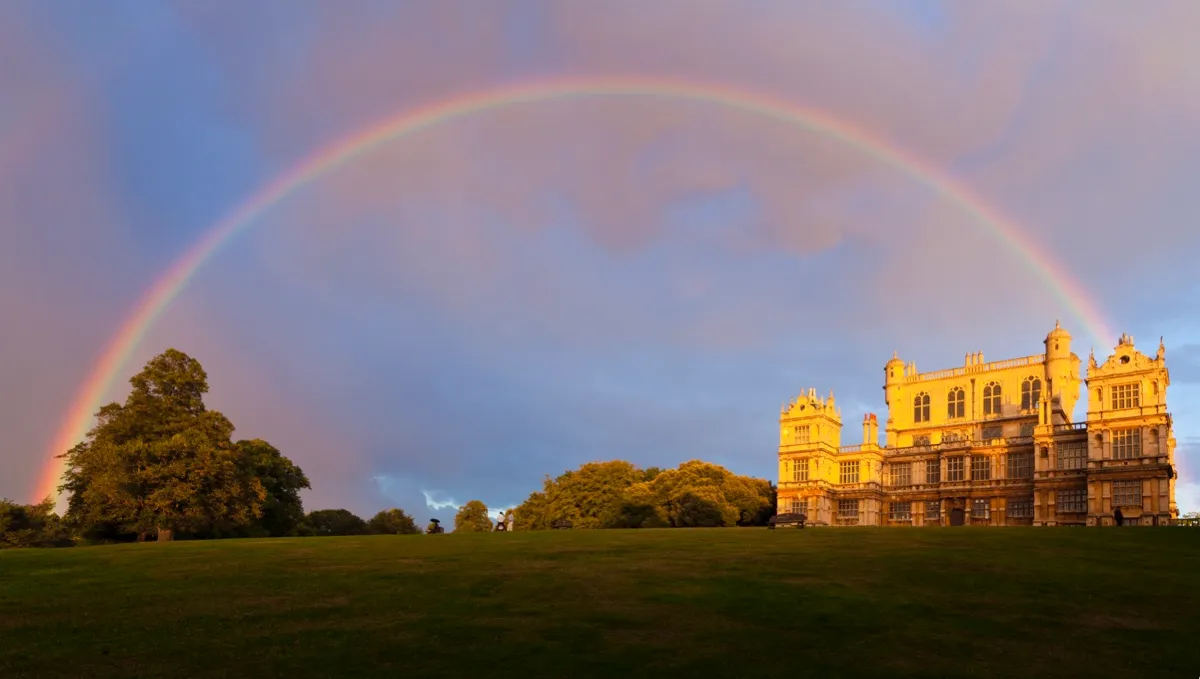
3 Wollaton Hall
Of all the prodigy houses, Wollaton is the most ornate and exuberant. Designed by Robert Smythson and built between 1580 and 1588 for Sir Francis Willoughby, it stands three storeys high in local Ancaster stone and has been described as the ‘apogee of the Elizabethan classical house’. Although classical in its order of columns, the building was also much influenced by Flemish Mannerism.
• Nottingham NG8 2AE. Open daily. Entry free.
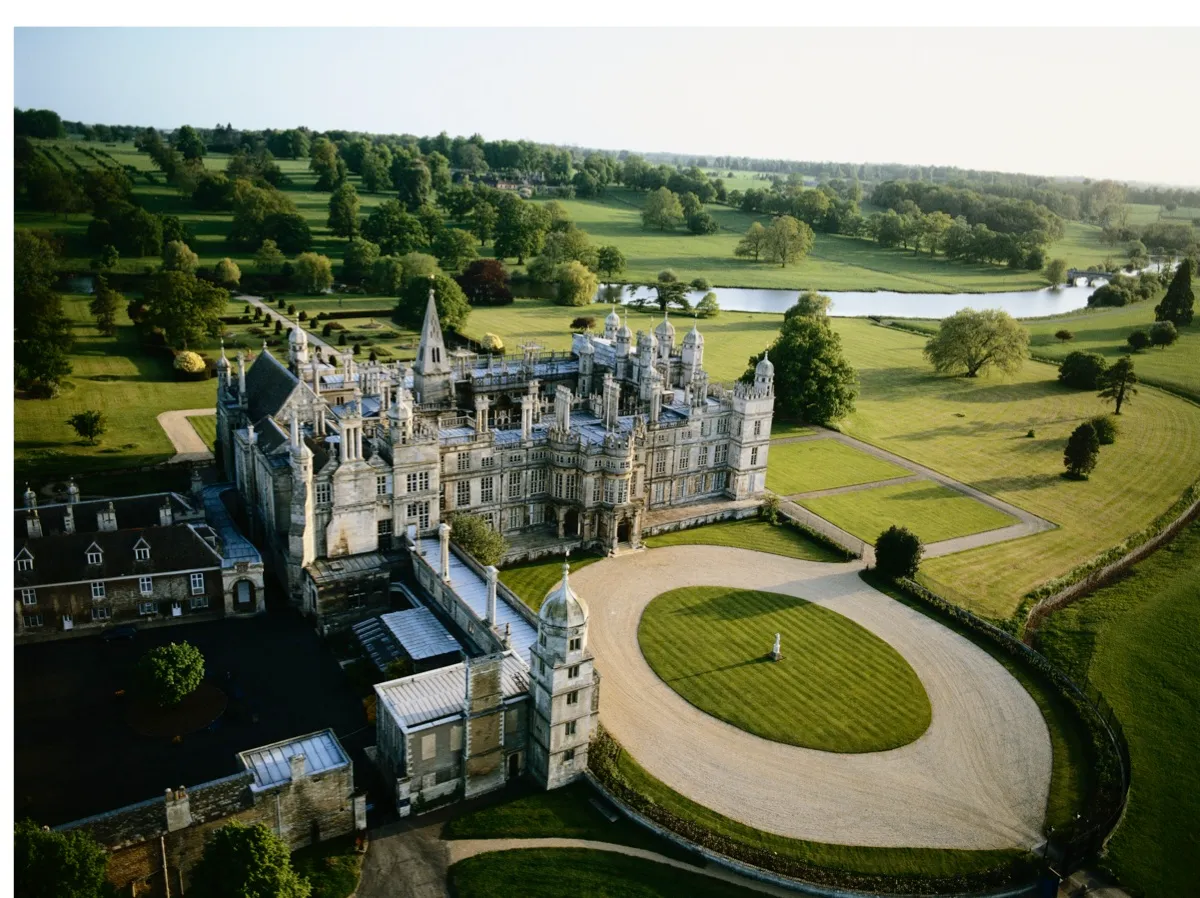
4 Burghley House
Burghley House was one of three fabulous houses belonging to William Cecil, Lord Burghley, Elizabeth I’s Secretary and Lord Treasurer, and the only one still standing.
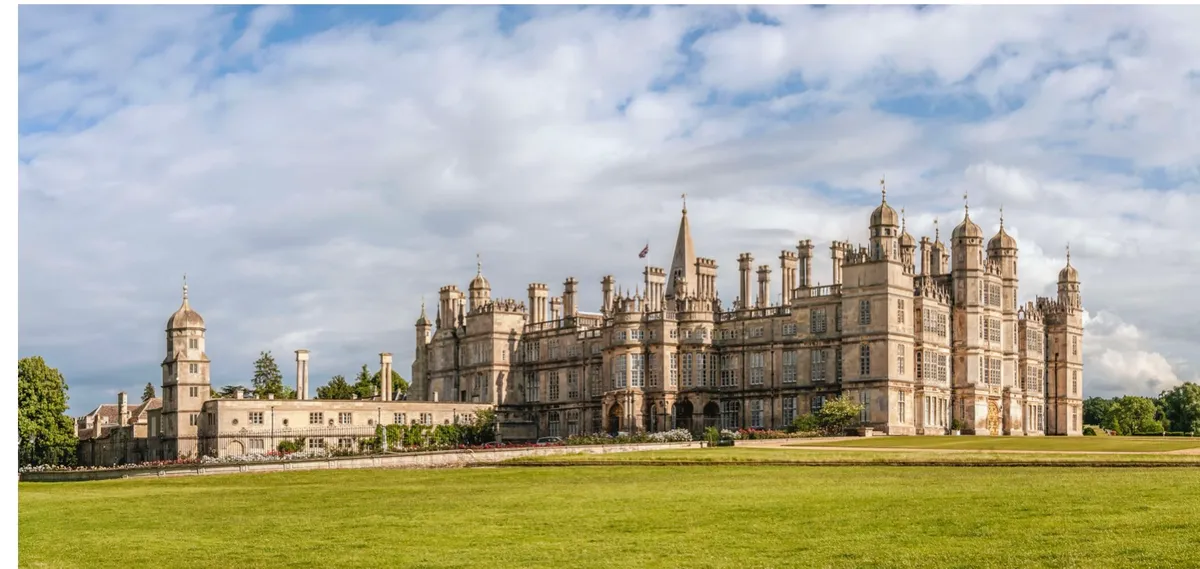
What is most striking is its extraordinary skyline of cupolas, turrets, and chimneys, making it look more like a city than a house. Transformed inside in the Baroque period, it still retains its original magnificent hammerbeam ceiling in the Great Hall.
• Peterborough PE9 3JY. Open daily except Fridays, until 28 OCtober. Entry £19 (house and gardens).
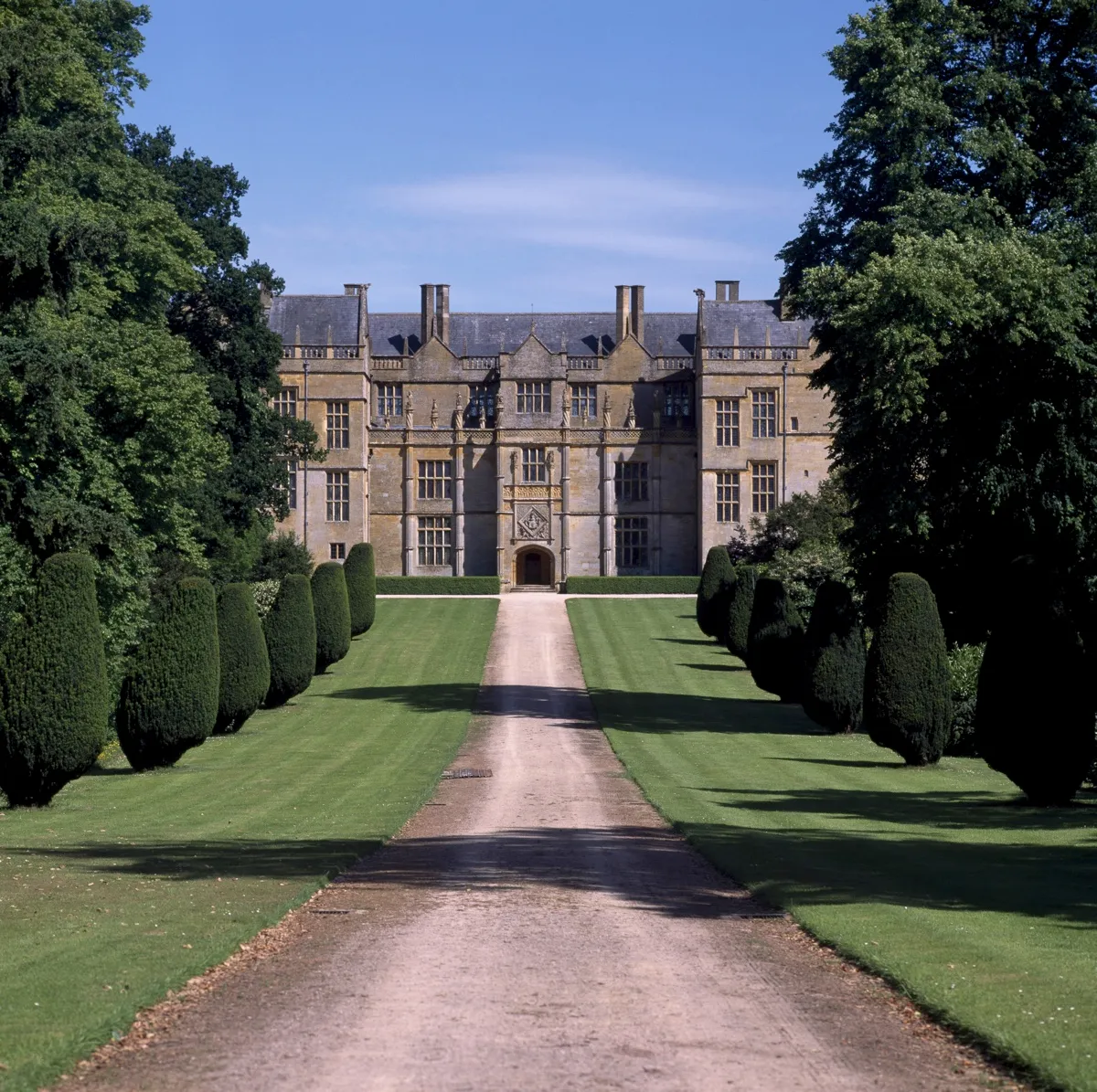
5 Montacute House
Montacute is a beautiful, grand house of tawny ham stone, finished in 1601 by master mason William Arnold. It is built on the E pattern, has great expanses of leaded glasswork, and classical features including statues and a balustrade. Inside the Great Hall retains its original panelling and chimneypiece, while its Long Gallery, now filled with pictures from the National Portrait Gallery, is the longest to survive.
• Somerset TA15 6XP. Open daily. Entry £12.
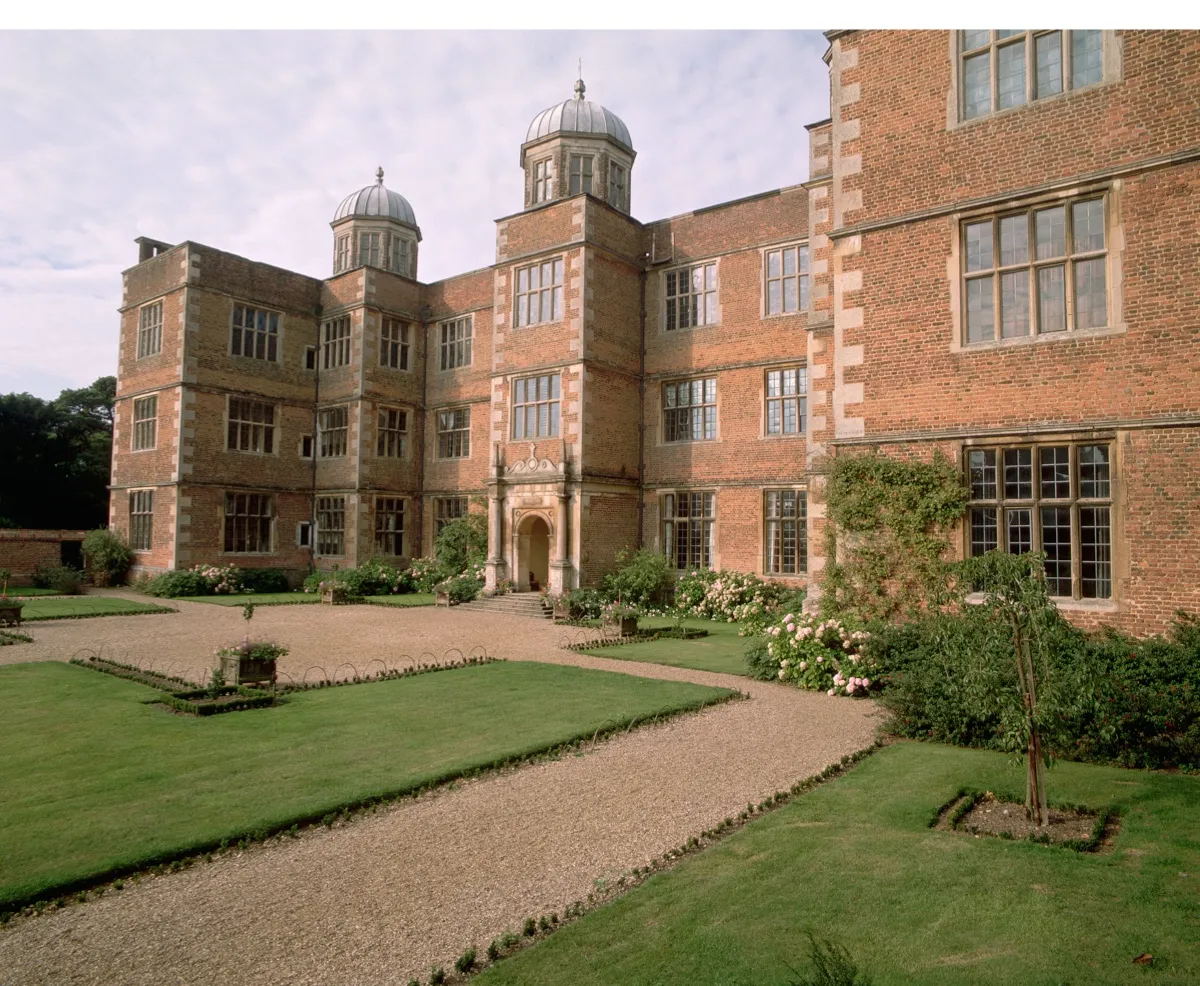
6 Doddington Hall
Although the interiors were remodelled in the eighteenth century, this beautiful Elizabethan prodigy house, begun by Robert Smythson and completed in 1600, is a fine example of a brick prodigy house, with a gabled gatehouse, walled courtyards, and domed towers. It has never been sold and remains a lived-in family home, as well as open to the public.
• Lincoln LN6 4RU. Open daily until 30 September. Entry £11 (hall and gardens).
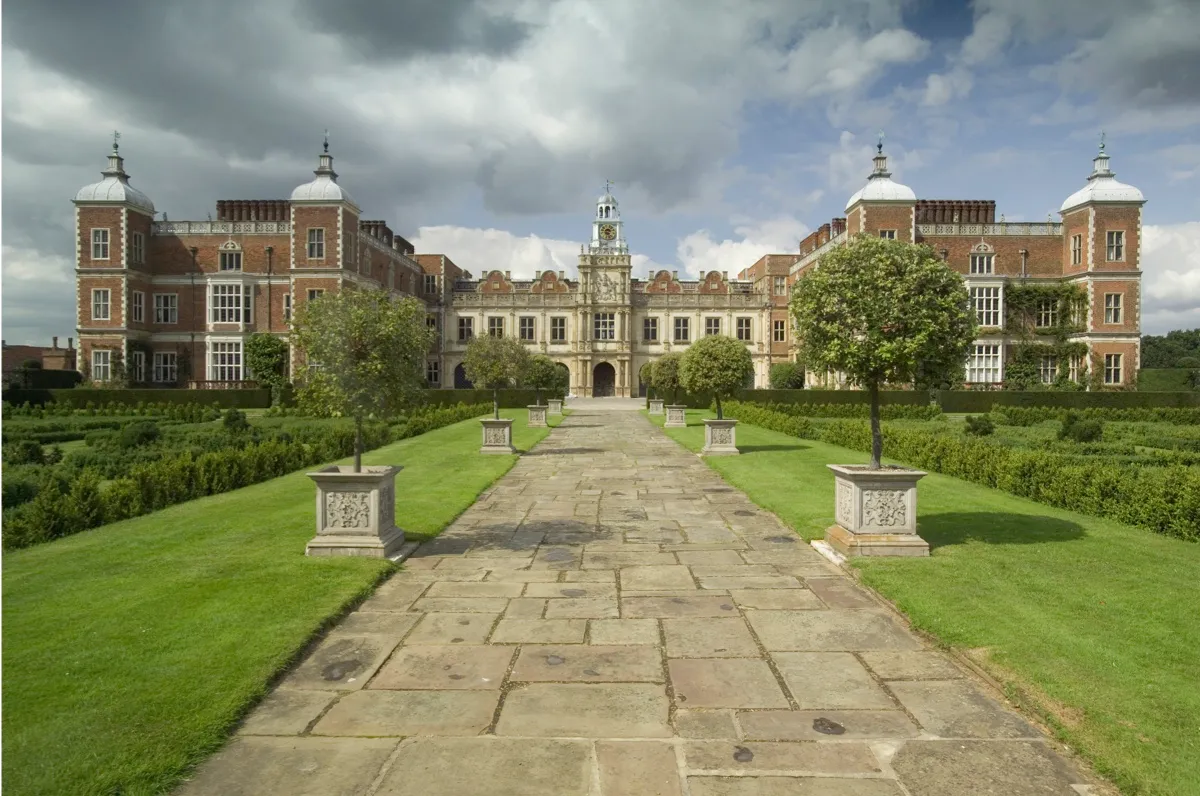
7 Hatfield House
Hatfield House was built by Burghley’s son, Robert Cecil, Earl of Salisbury between 1607 and 1611, after James I offered him Hatfield in exchange for Theobalds. Built in the shape of an E (for 'Elizabeth') with a very truncated middle horizontal, it was made from the bricks of a former palace on the site.
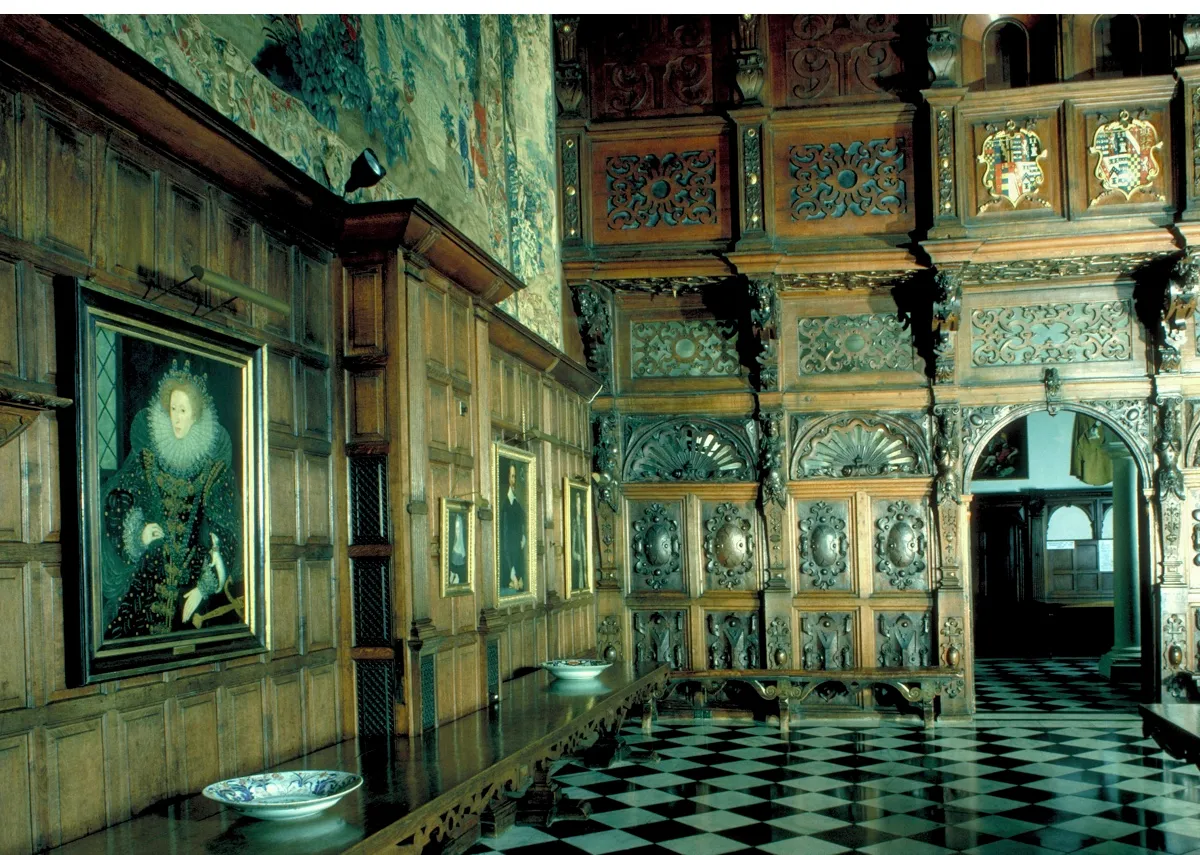
It is immense and elaborate, and filled with Jacobean ornamentation.
• Hertfordshire AL9 5HX. Open daily. Entry £19 (house, garden and park).
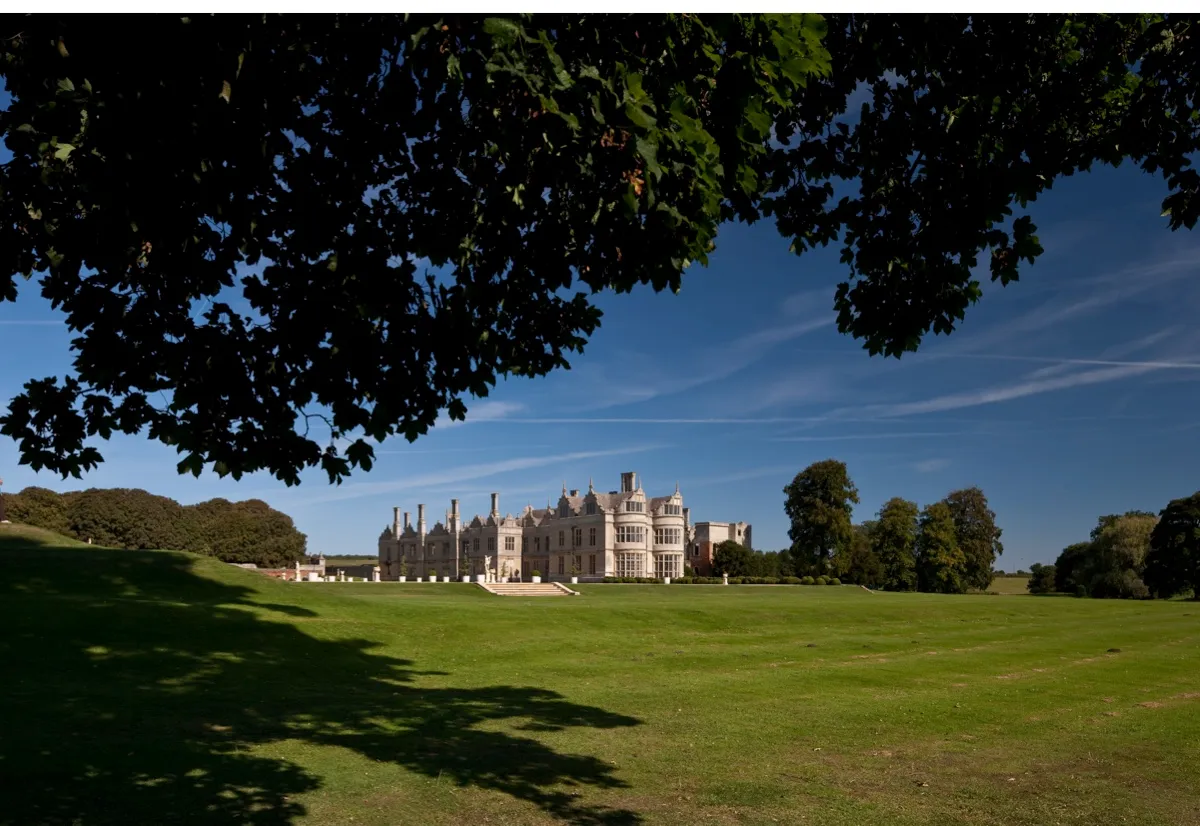
8 Kirby Hall
One of the finest of the Elizabethan great houses, Kirby Hall was built by Sir Humphrey Stafford in 1570 and completed by Sir Christopher Hatton in the hope of a visit from the queen.
To ensure symmetry, on the left of the Great Hall, windows were constructed where they were not needed. The real jewel is the state suite: James I stayed here in 1619, but Elizabeth I never came.
• Corby, Northamptonshire NN17 3EN. Open at weekends. Entry £7.
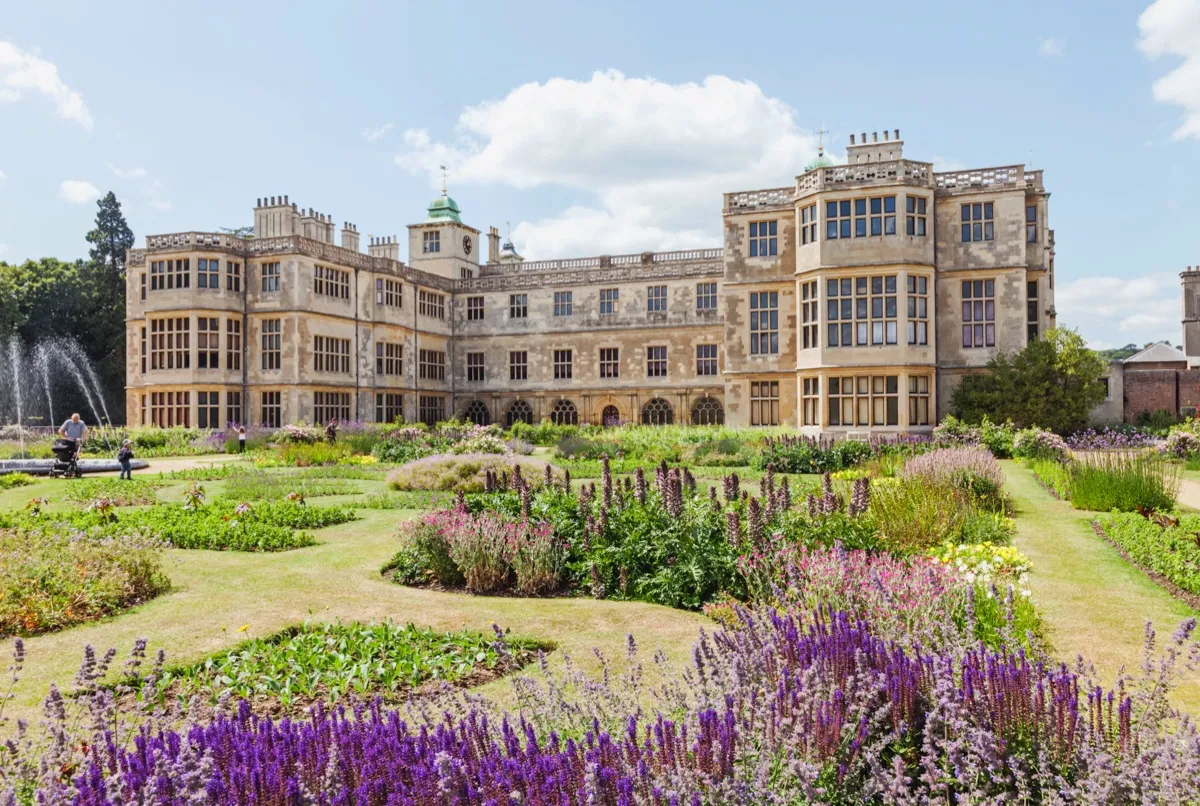
9 Audley End
The beautiful Jacobean prodigy house at Audley End was once as vast as a royal palace; it is now a third of its original size, but still large.
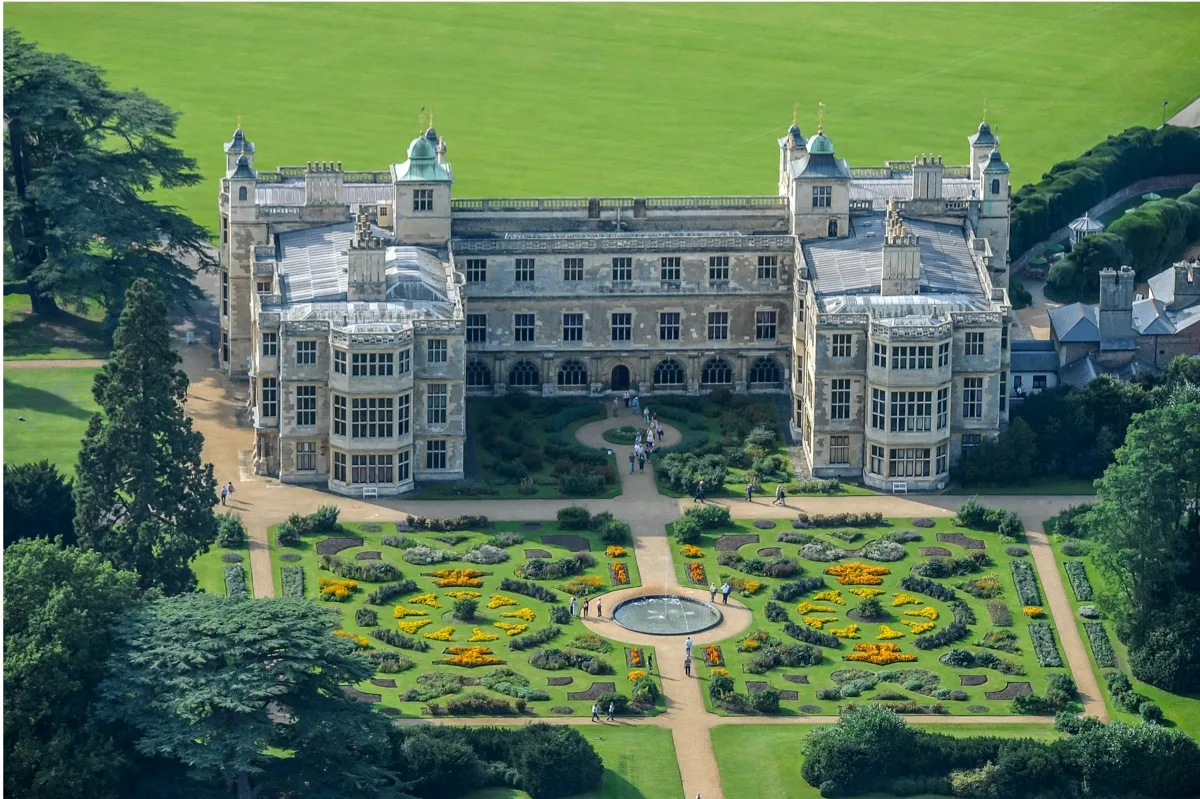
For a magnificent house, it is simpler than many of the other prodigy houses, with no central entrance, but the usual expanses of glass, balustrade, and domed turrets.
• Saffron Walden, Essex CB11 4JF. Open daily until 31 October. Entry £18.10.
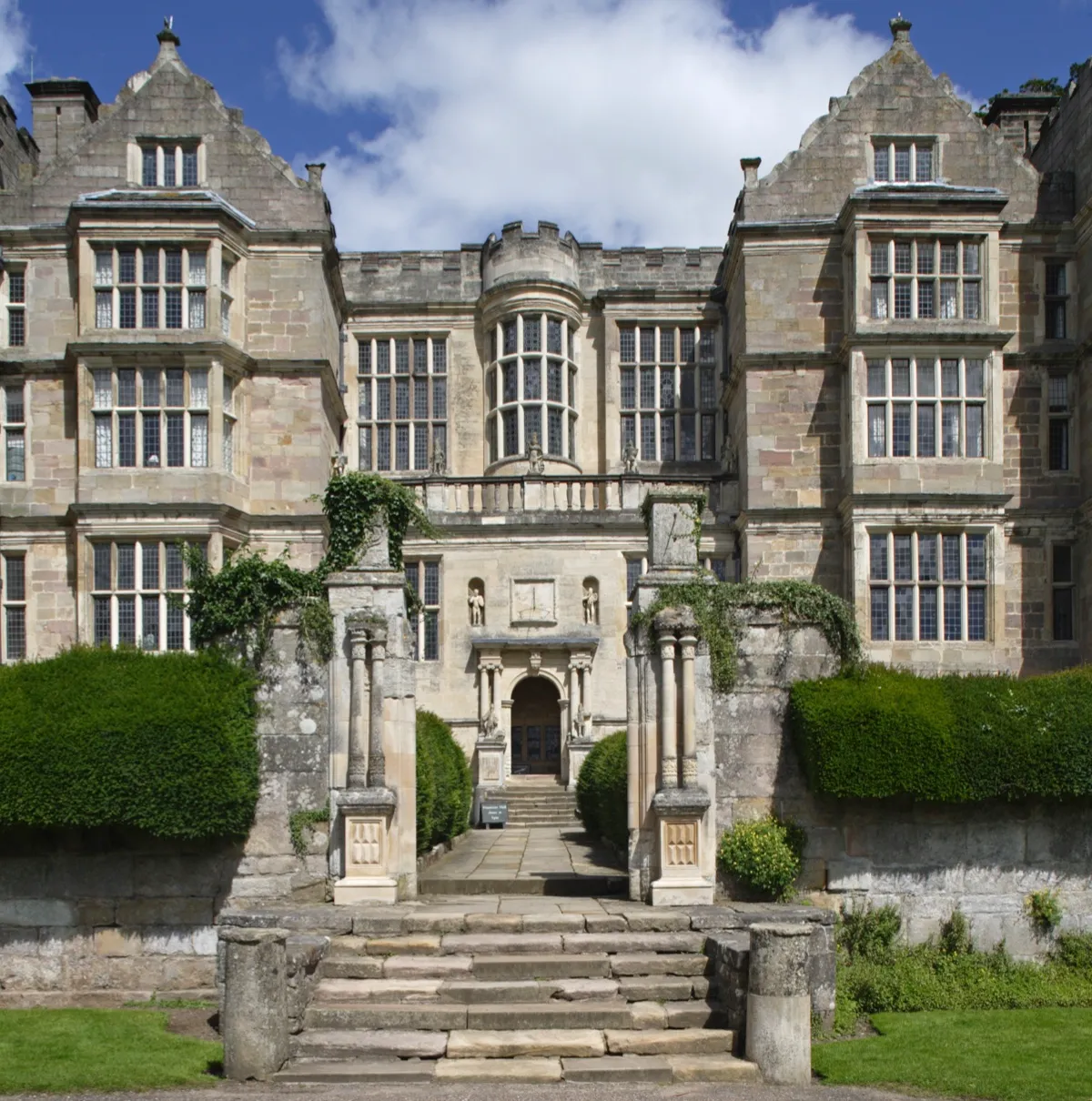
10 Fountains Hall
Built by Sir Stephen Proctor between 1598 and 1604, Fountains Hall is a grand Elizabethan House built out of the sandstone ruins of a Benedictine Abbey, like many of the century’s architectural masterpieces. It is notable for its beautiful central oriel window and crenulated skyline, and echoes the style of architect Robert Smythson.
• Ripon, North Yorkshire HG4 3DY. Open daily. Entry £16.50 (including Fountains Abbey and Studley Royal Water Garden).
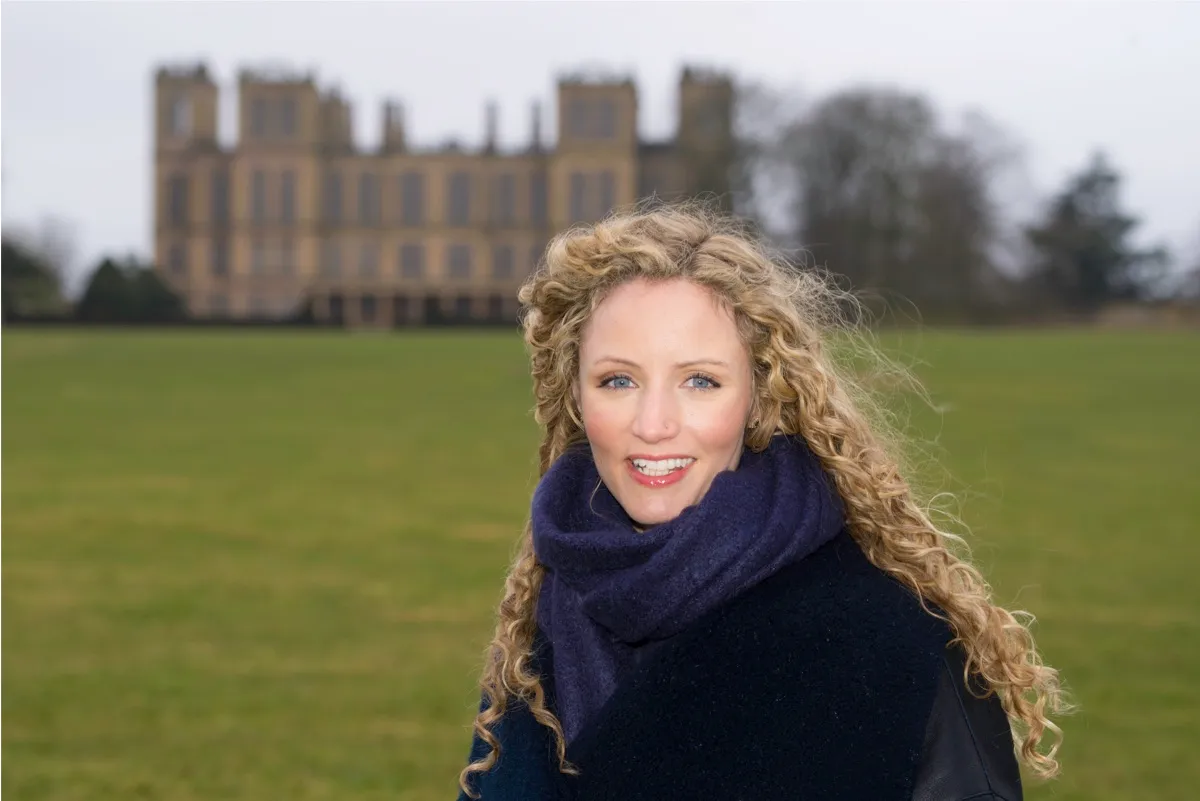
The author
Suzannah Lipscomb is a historian, author, broadcaster and academic.